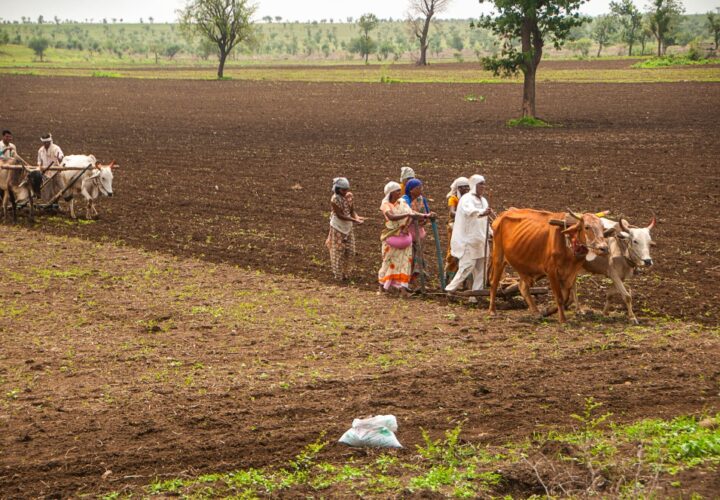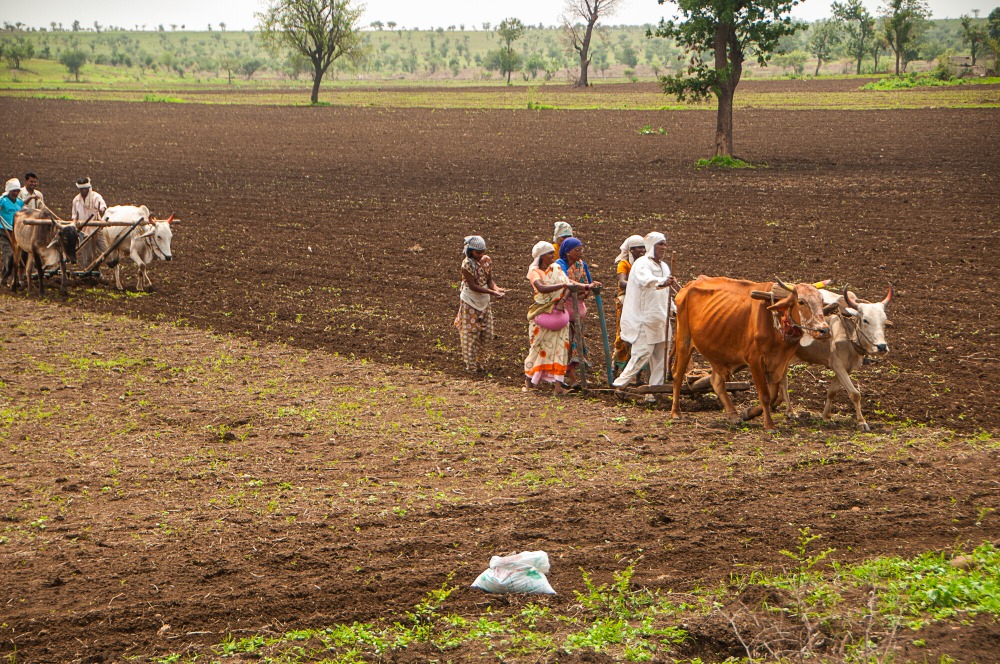
“In India, more than fifty thousand children live in child care institutions (CCIs). Until a few years ago, CCIs were perceived as an acceptable mechanism for providing a better living arrangement for children from disadvantaged communities. However, literature and various other pieces of evidence have established the importance of family-based care as the most suitable environment for a child’s development. This has compelled all the agencies functioning in child protection to rethink their approach to sending children to CCIs. There is now a need to address various triggers and factors that create instability in a child’s accommodation with a family.”
Learnings from Miracle Foundation India’s work in Madhya Pradesh
A plethora of problems lead to the separation of children from their families. The Miracle Foundation India has been working extensively to address these challenges and create an ecosystem for the reintegration of children in CCIs with their families. They have been dedicated to this cause for almost a decade in Madhya Pradesh. Based on several years of experience, it has been observed that the financial instability of the household is one of the most commonly observed vulnerabilities among children separated from their families. Furthermore, it was observed that the majority of these children come from agrarian households. Thus, to address this most commonly observed issue, it becomes imperative to understand the various dynamics of agriculture.
State of agriculture in Madhya Pradesh
“In Madhya Pradesh, there has been a consistent increase in the number of rural individuals engaged in agriculture and allied activities in the last couple of years (2018-19: 57.2%, 2019-20: 62.9%, 2020-21: 65.5%). Like the rest of the country, the majority of the farmers in the region are small-scale farmers with an average landholding of approximately less than 2 hectares. Despite being the largest source of employment, agriculture is the least sought-after occupation. Most people seek employment in agriculture not by choice, but due to the lack of any other alternative means of livelihood. This is also reflected in their aspirations for their children’s future – a job in the city. The youth themselves wish to migrate to urban areas.
However, there is no simple answer to the question of why generational farming households want to move away from it. It remains a multi-faceted problem. The reasons vary from the lack of basic facilities in rural areas to water scarcity and the very nature of agriculture itself. Farmers still engage in traditional cultivation practices, often unaware of the most suitable crops for their soil and the benefits they can reap from multi-cropping and inter-cropping. Water scarcity and a lack of water resources make farmers dependent on rain for water. Adding to their challenges, their lack of understanding of efficient irrigation techniques makes them even more vulnerable to the unpredictable nature of the monsoon. All these factors collectively contribute to low productivity and poor soil and produce quality. Hence, it is important to focus on the issue of low returns and high risks associated with agriculture, as it makes households financially vulnerable, resulting in a higher risk of children being separated from their families.
“Sustainable livelihood interventions: The need to focus on agriculture.”
To achieve a thriving household environment for the child, it is crucial to make the family financially stable. To accomplish this, alternative means of income should be pursued. In the project location of Madhya Pradesh, multiple forms of alternative livelihood support were provided, such as linkage with government livelihood schemes like MGNREGS and providing families with livestock or other need-based support for their income-generating activities. However, these efforts might not be sufficient to ensure the accomplishment of the intended goal of sustainable financial stability for the household. Agriculture, the main source of income, was not taken into account when strategizing these initiatives. Earnings through government schemes or other such stimulus programs constitute only a small fraction of the household income. In the event of crop failure or low agricultural yields, families may still become financially vulnerable despite support from these alternative sources of income. Thus, livelihood support should be designed to provide alternative income sources while also making families more resilient to various risks associated with farming, all with the aim of increasing agricultural productivity.
Integration of agriculture with the current efforts of Miracle Foundation India toward ensuring sustainable income security for vulnerable families holds high potential. Agriculture, as a key component, could cultivate prosperity by ensuring resilience among individuals and communities as a whole. The following elements could be incorporated into a livelihood stimulus to ensure a sustainable income:
Capacity building sessions to aid the transition to modern agriculture practices: Orientation and guidance on suitable crops, intercropping, multi-cropping, etc., could help farmers increase their crop production.
Efficient irrigation practices: Guidance on suitable techniques of modern irrigation techniques can substantially improve crop yield and quality.
Linkage with agriculture-related schemes: Linkage with schemes related to subsidies, raw materials, crop insurance, etc., would be beneficial for agricultural households.
Linkage with farmers’ cooperatives and markets: Since most farmers are small-scale farmers, their association with farmer’s cooperatives could be extremely beneficial when purchasing raw materials, accessing information or new advances in techniques and selling crop produce, among other things. These cooperatives can also help farmers establish better connections with the market.
Diversification of agriculture and allied activities: Through Miracle India’s programme, livestock was provided to some families based on their needs. These families could be capacitated for leveraging these livestock for regular income, like selling of milk, eggs, etc.
Water budgeting: Leveraging on the strong rapport Miracle India’s team has with various stakeholders and community members in the intervention areas, capacitating the PRI and community members in developing a water budget for efficiently planning water requirements and water resources can also be explored.
Local partnerships: Collaborations with organizations and experts would help build skills tailored to the specific geography.
In conclusion, the need for an agriculture-related stimulus within the livelihood programme is evident. Recognizing the vital role of agriculture in the economic stability of a family might aid the well-being of the child within the family. This could pave the way for ensuring that each child thrives in their life.

